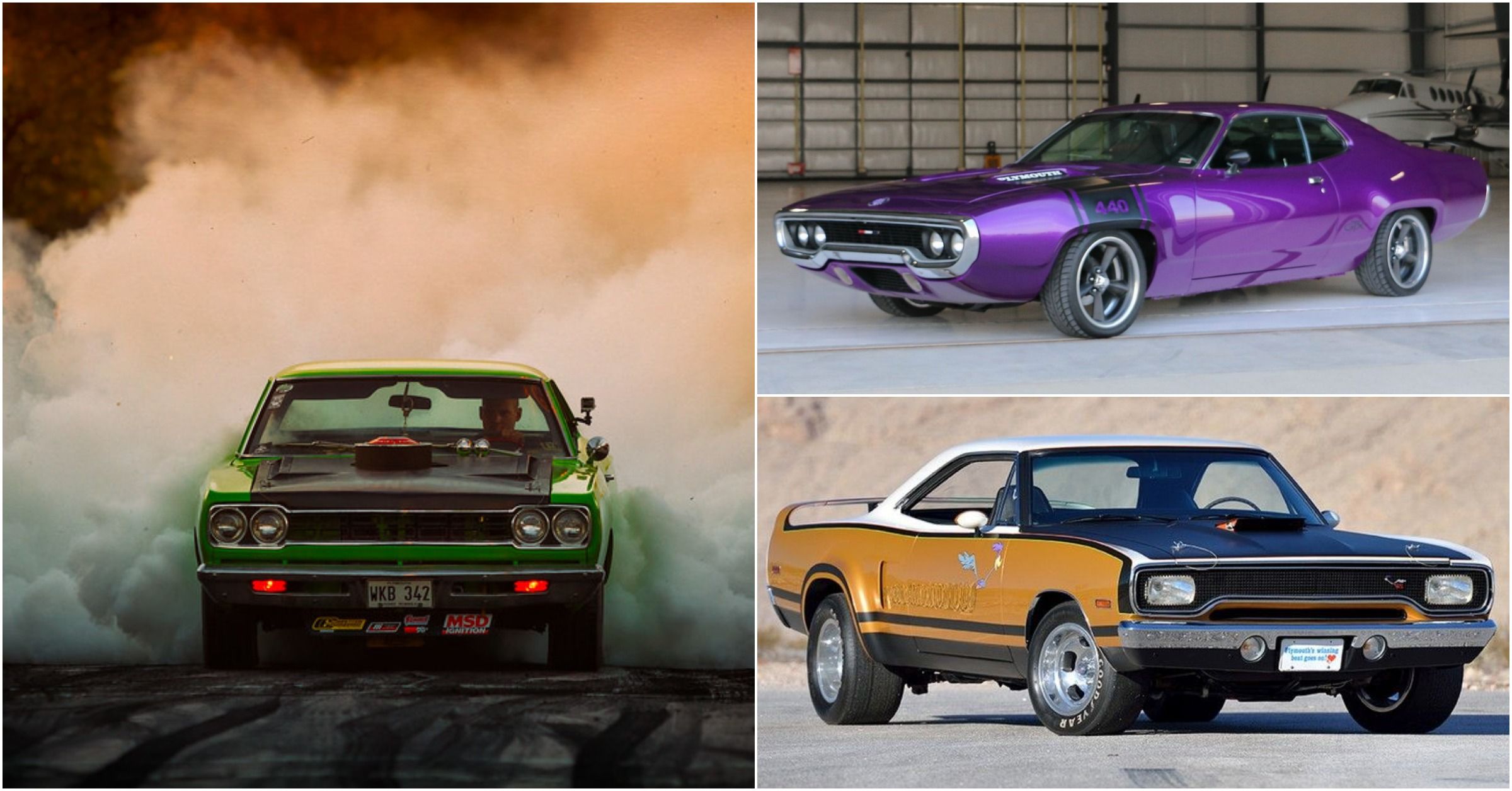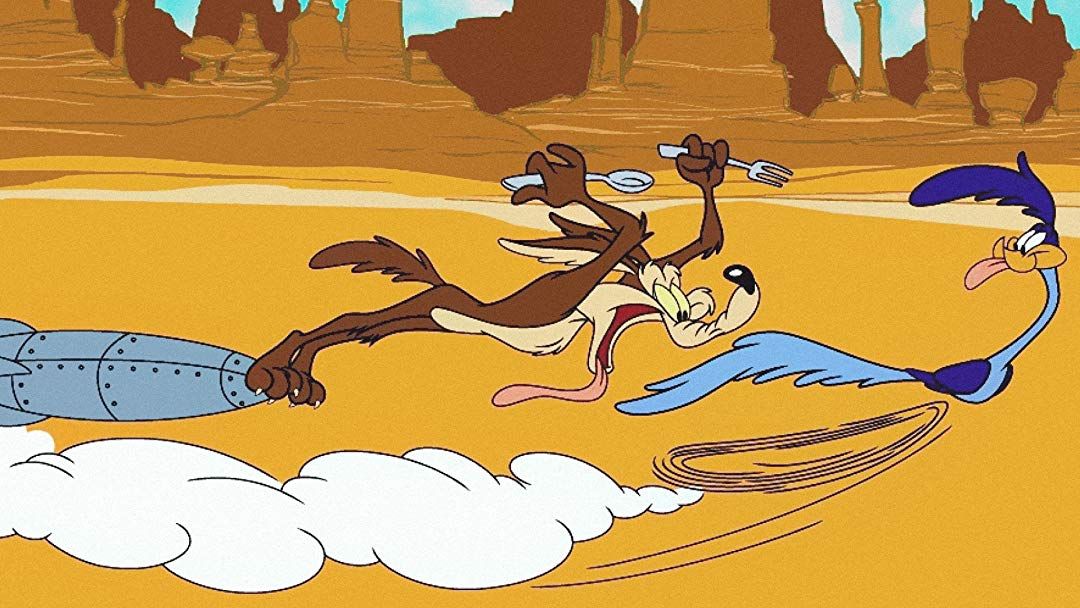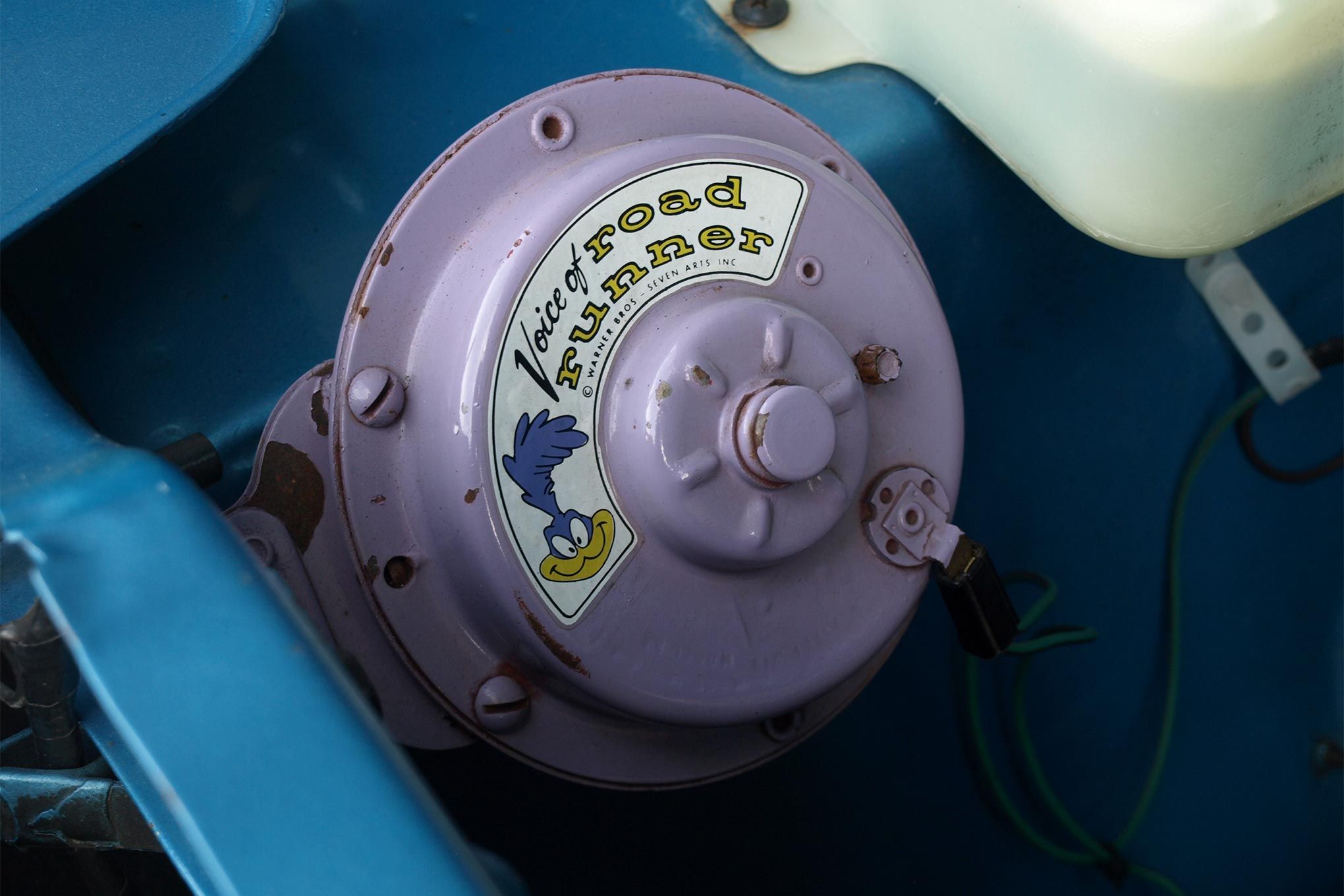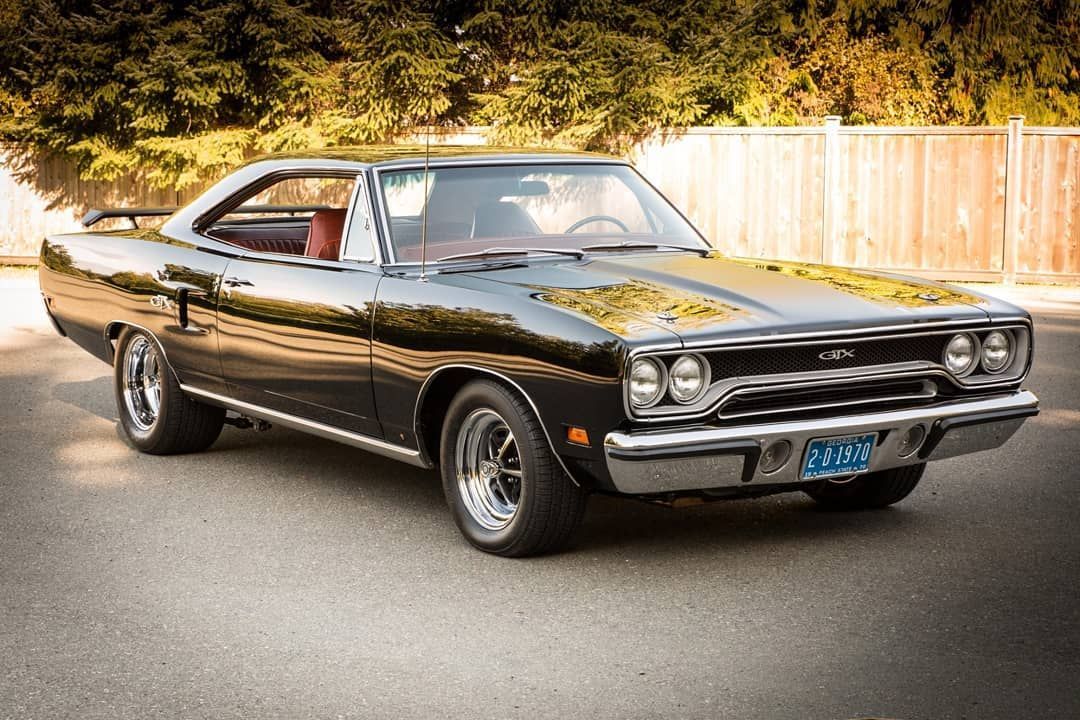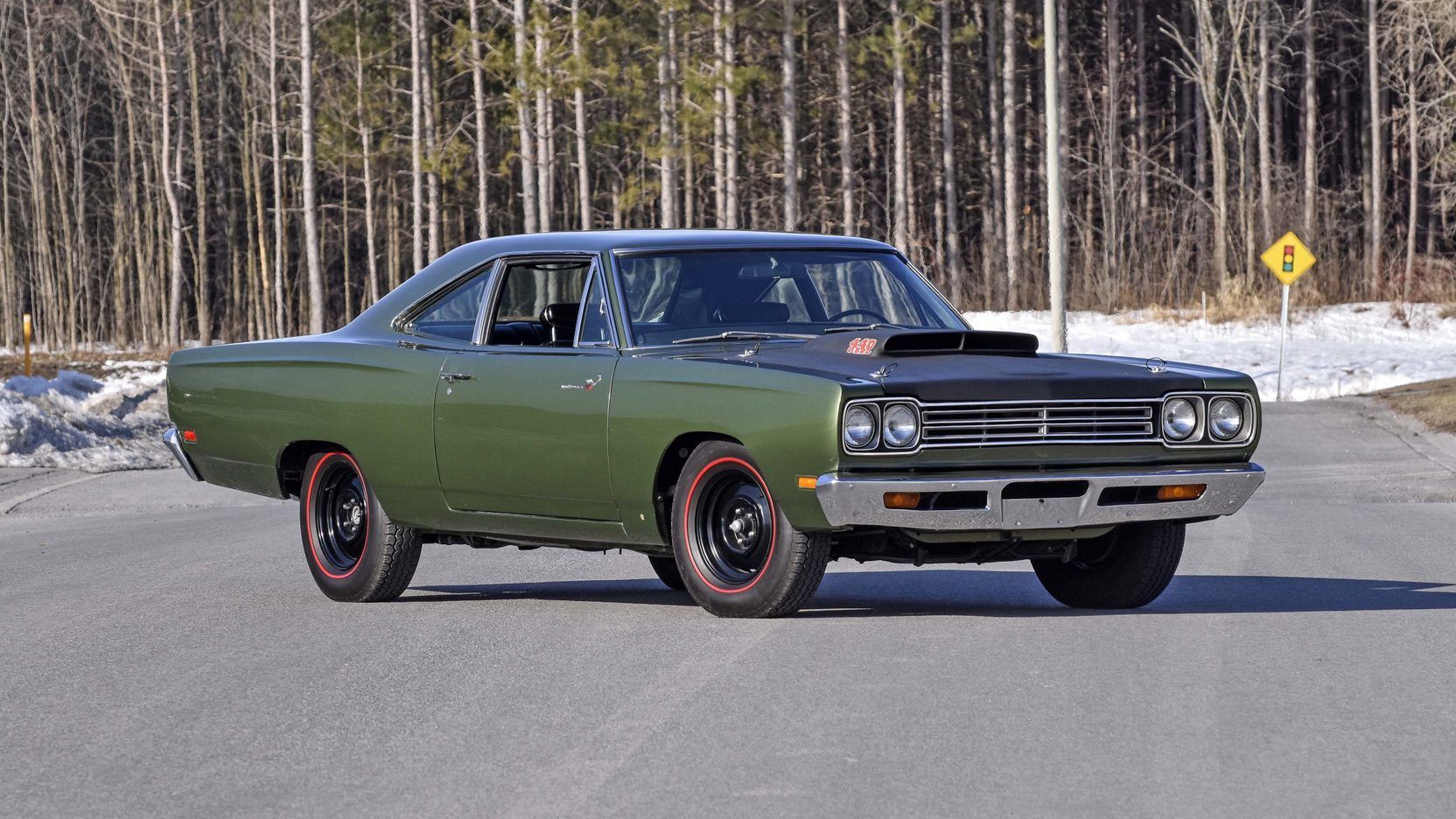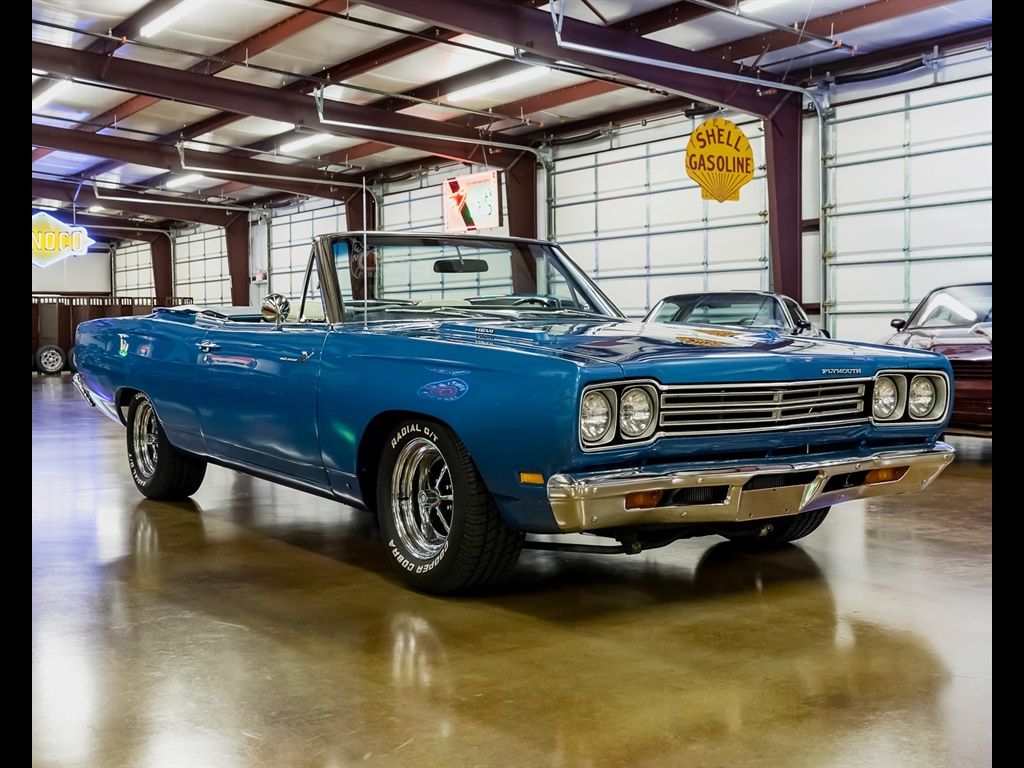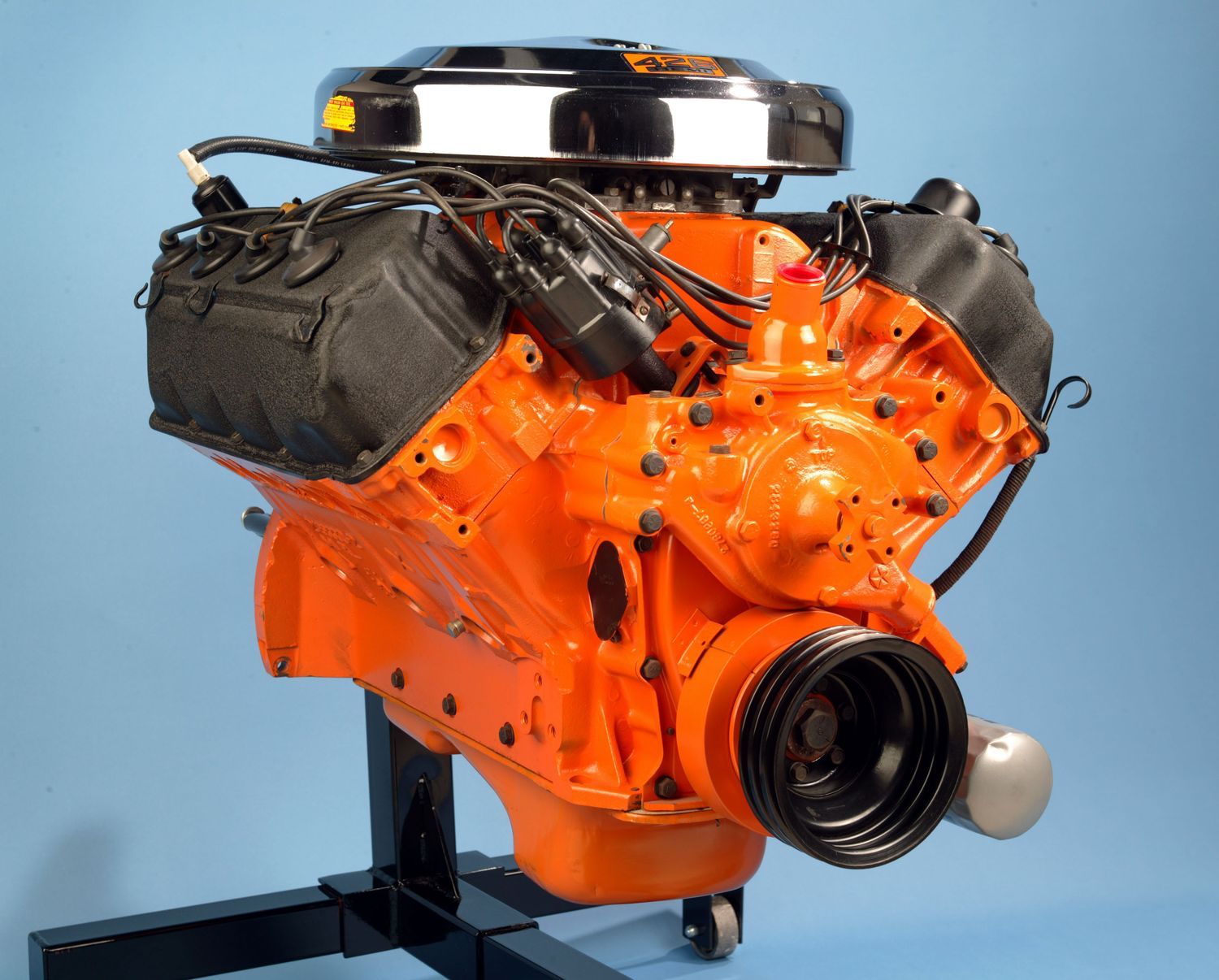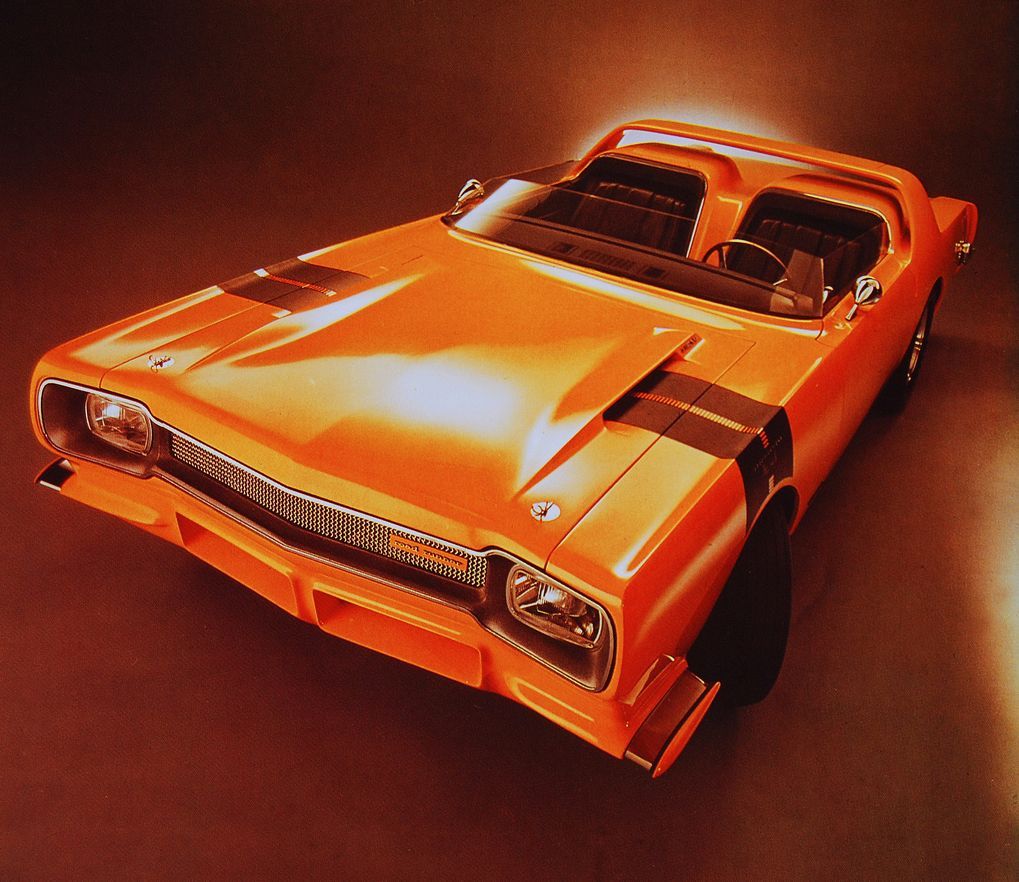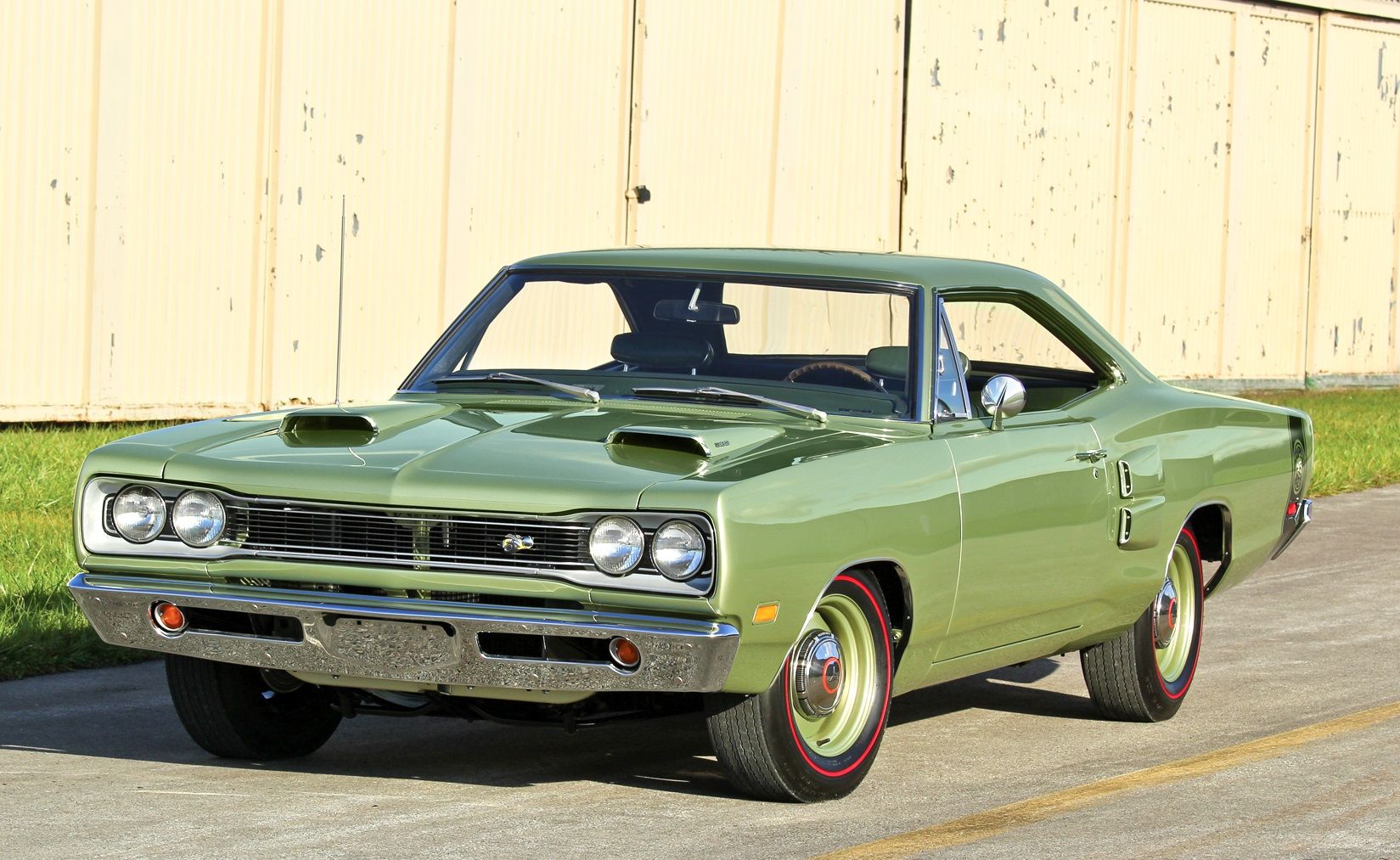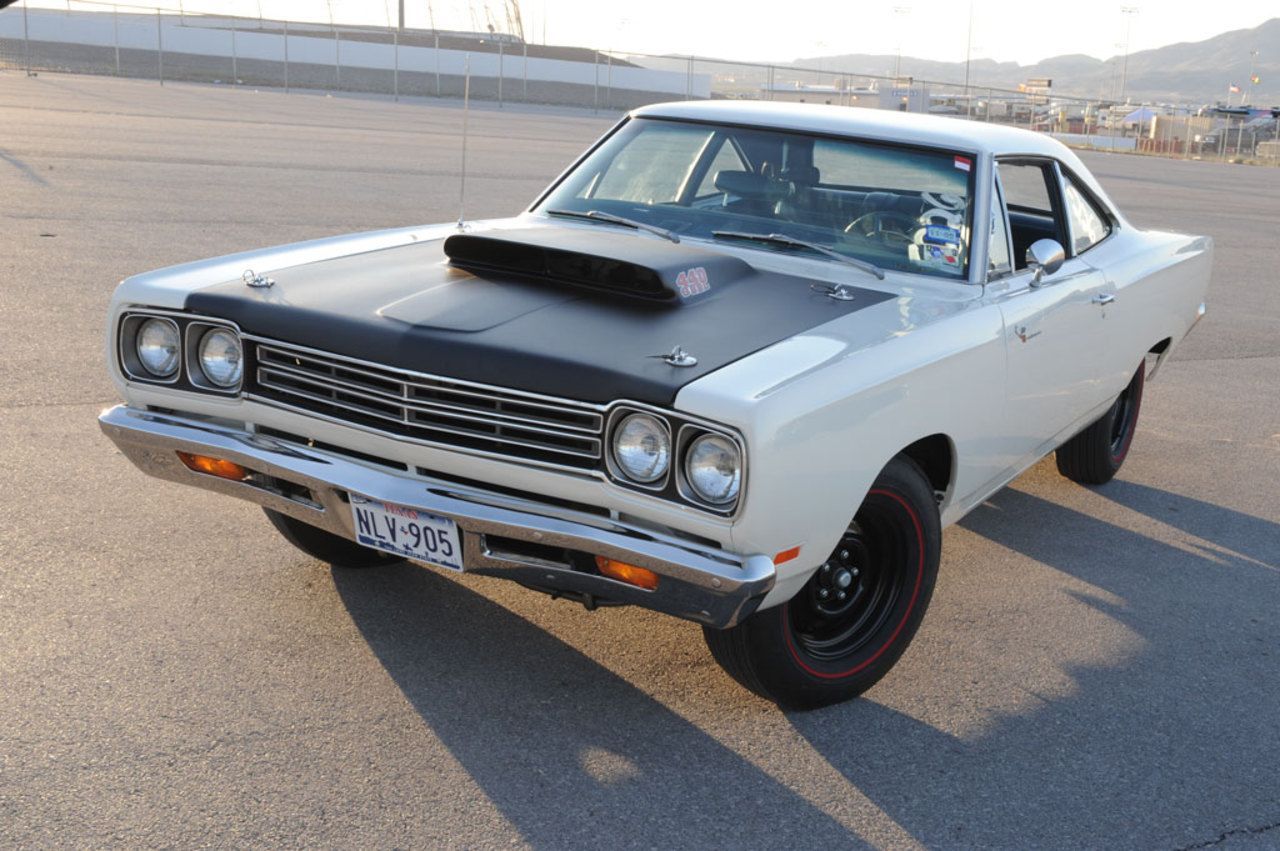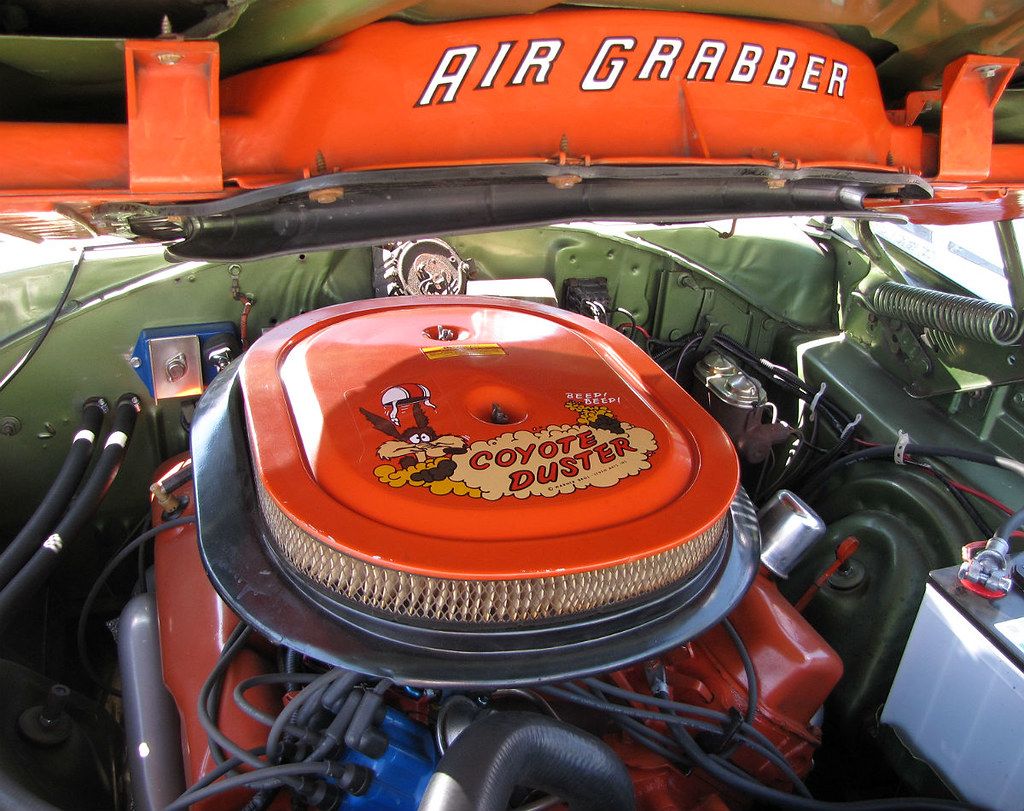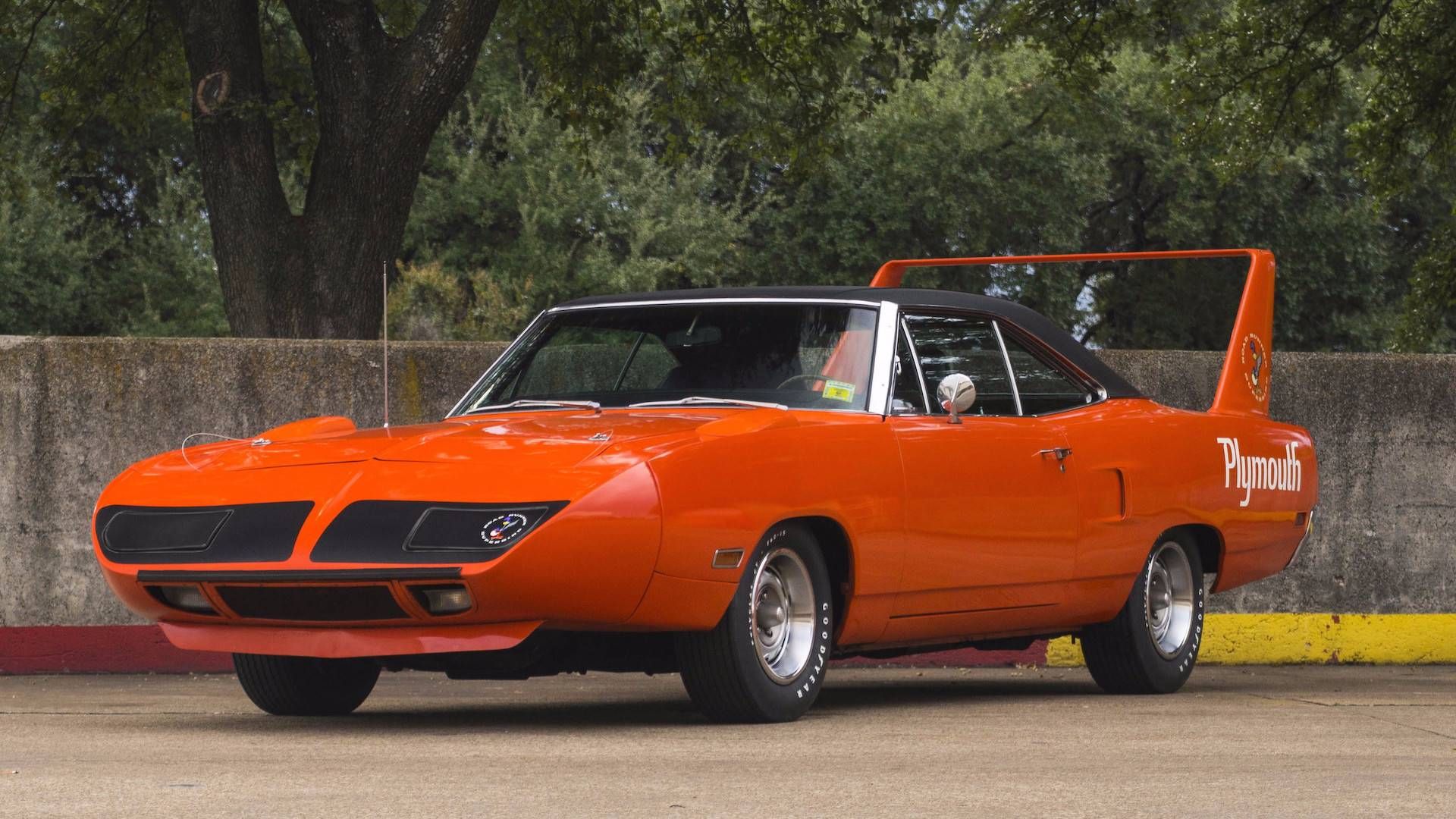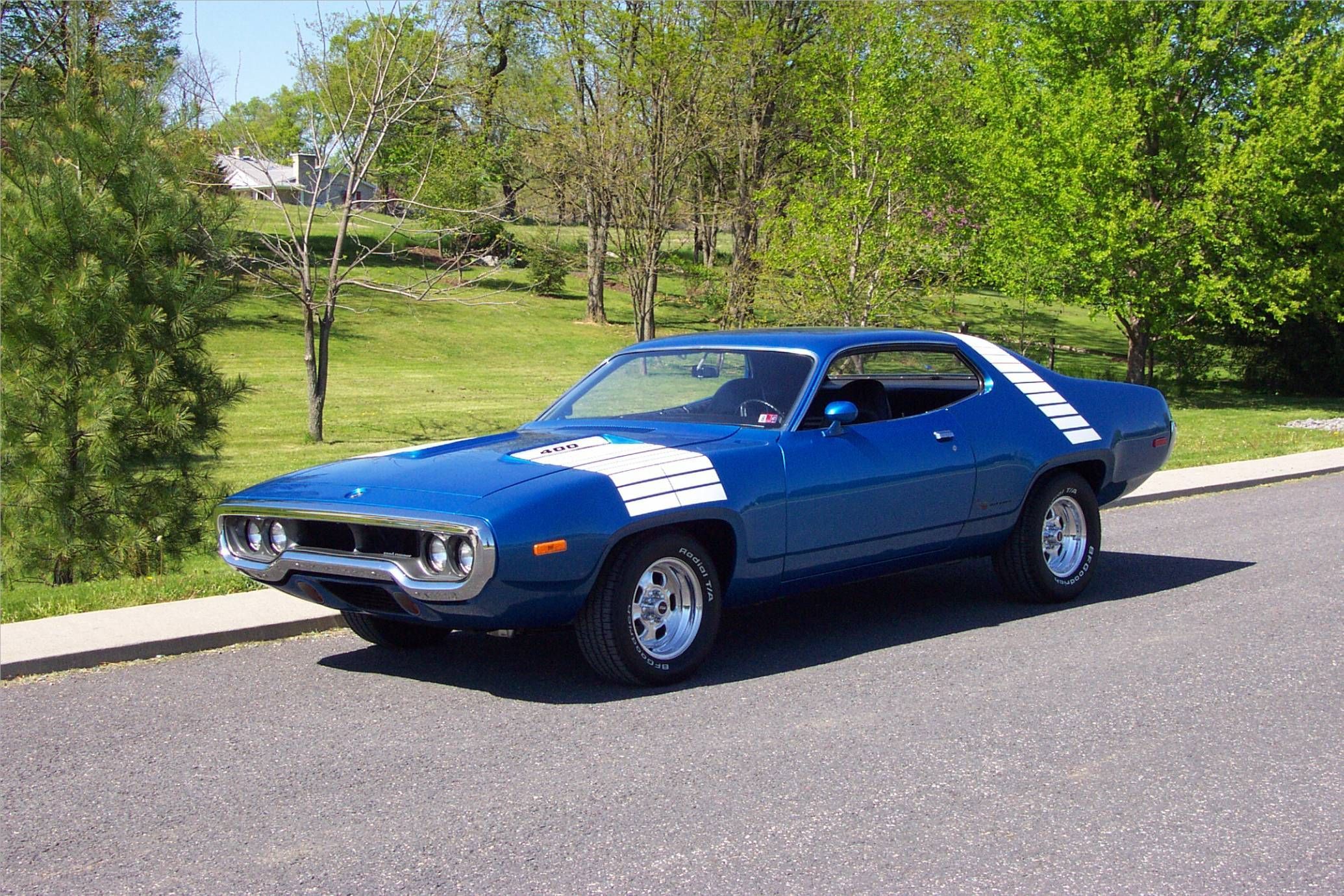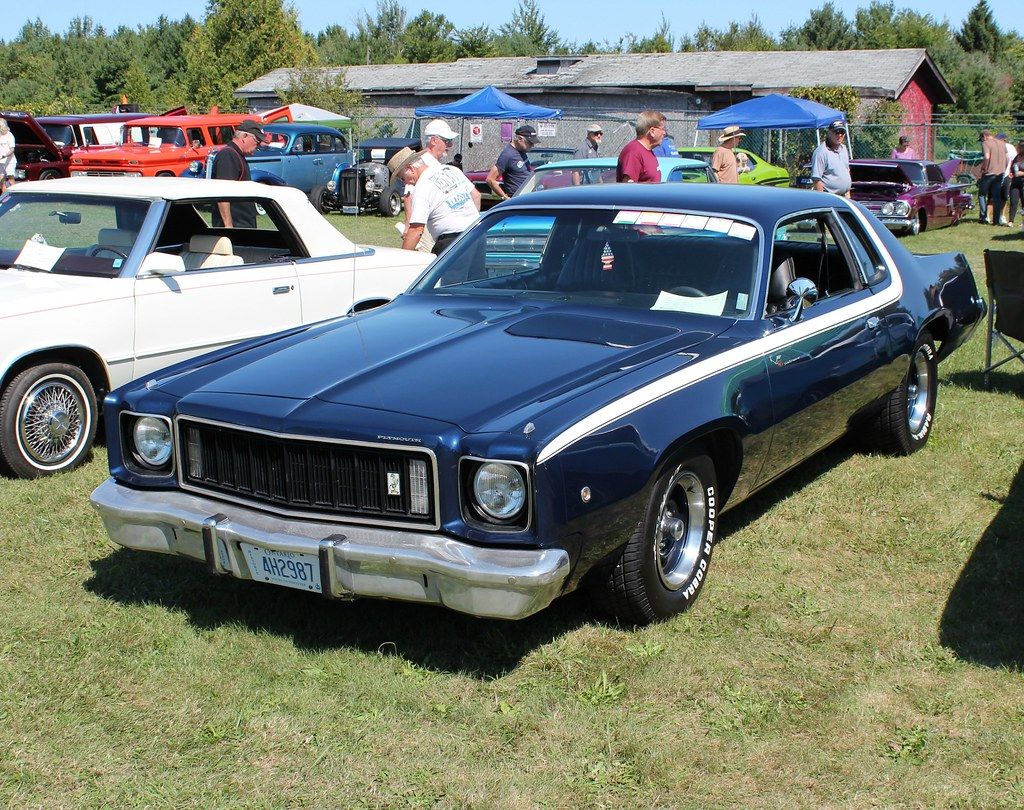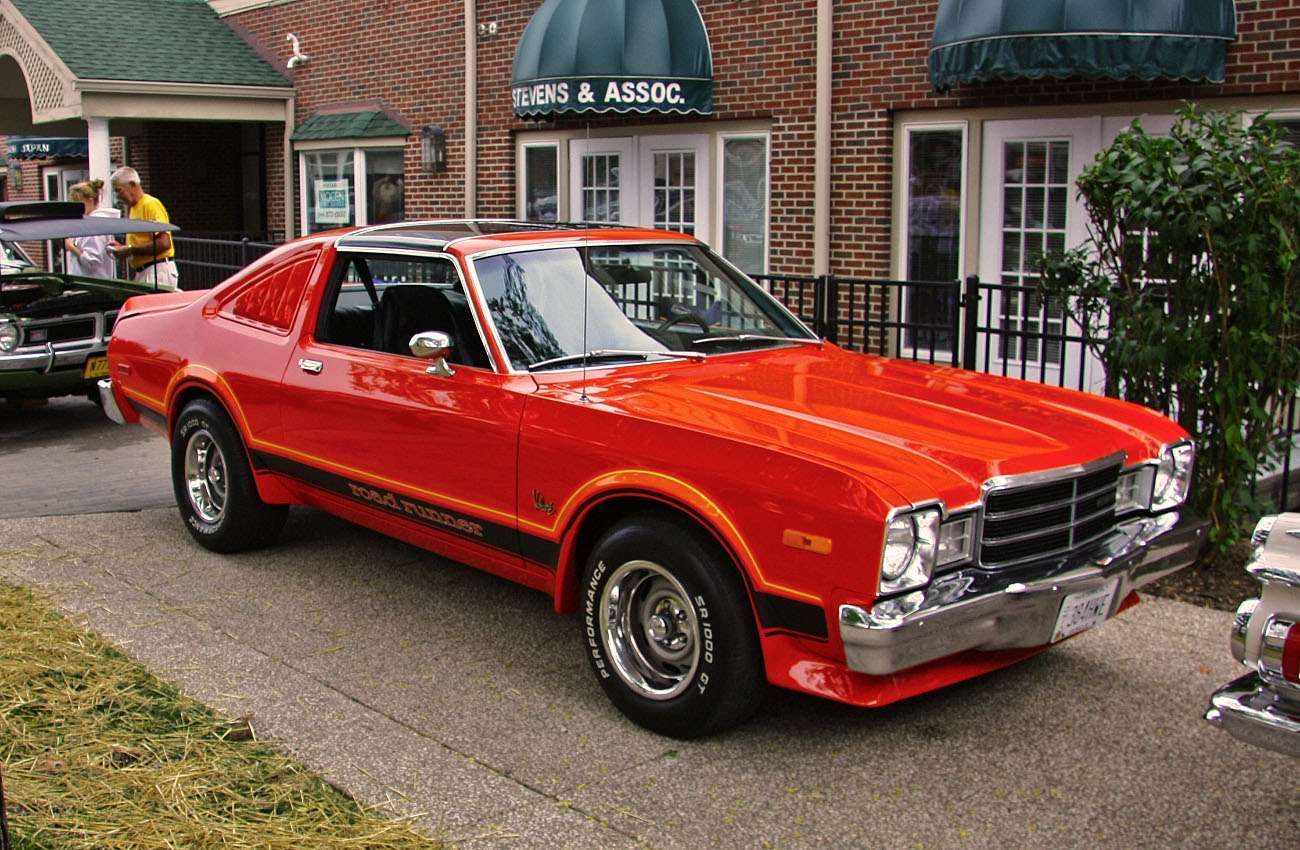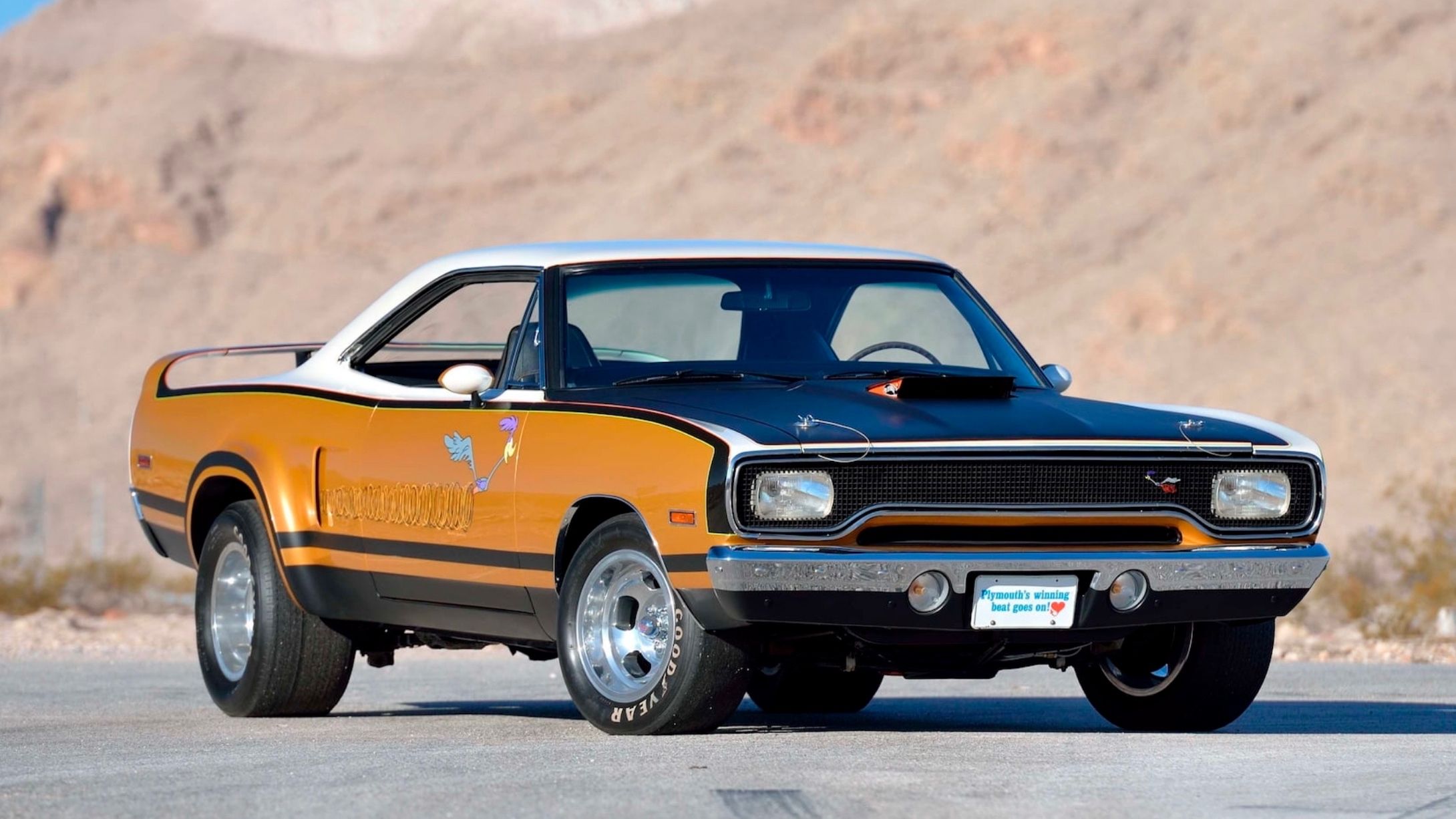If you ask us, the Plymouth Road Runner doesn't get enough love these days. Sure, everyone loves an early Dodge Challenger or a Pontiac GTO - but what about the car that reinvented the concept of a muscle car? Because that's what the Road Runner did.
By 1968, when it first came out, most muscle cars on the market have started to grow bigger, more luxurious, and more expensive. Plymouth did the opposite and introduced a car that was true to the original rules of the genre - cheap, basic and fast as hell. And on top of it all, they named it after a cartoon character!
Sadly, in the automotive industry of today, the happy-go-lucky stories such as the conception of the Road Runner don't happen too often. That's why the Road Runner is now considered a bona fide American classic - and the prices are reflecting that. And if we haven't convinced you yet to get one, maybe this article on some lesser-known facts about the Road Runner will!
15 Animated Origins Of The Name
As you may or may not know, Plymouth didn't name their stripped-down muscle car after any Road Runner. They named it after THE Road Runner - the cartoon character created by Warner Bros. What you probably don't know is that Plymouth paid Warner Bros. $50,000 for the rights to the name. An astronomical sum, which would buy you approximately 16 and a half Road Runners in 1968.
14 It Even Comes With The Signature Sound
Remember the "beep-beep" sound that the cartoon Road Runner made when he sped past Wile E. Coyote? When Plymouth purchased the rights to the name from Warner Bros., they made sure that the sound was part of the package. All Road Runners were equipped with a special horn that allowed you to do the same sound as you sped past the Mustangs and the Camaros.
13 The Luxurious Alter Ego
Plymouth made the Road Runner with one purpose in mind - to be a stripped-down, basic, muscle car. What you may not know, however, is that the Road Runner was sold alongside a similar, yet different car - the Plymouth GTX. While the two models were quite alike in terms of styling and performance, the GTX was marketed as a more luxurious version of the Road Runner with a bigger focus on comfort and features.
12 Road Runner's Annus Mirabilis
1969 was quite a spectacular year for the Road Runner. Due to the high demand for the cartoon-inspired muscle car, Plymouth produced over 84,000 Road Runners in that year - the highest production number in Road Runner's history. A fun fact, as reported by Muscle Cars Illustrated - despite being a fundamentally American car, 4,727 Road Runners produced that year were sold outside the U.S.
11 The Rarest Of Them All
The Road Runner was intended to be a mass-produced, people's performance car. That's why Plymouth never really bothered with special or limited editions of the muscle car - something that the car manufacturers today love. There is, however, one extremely rare and collectible variant of the Road Runner - the 1969 convertible model with the legendary 426 Hemi. Only 10 were made, making it one of the rarest American production cars ever!
10 Speaking Of That Hemi...
The 426-ci Street Hemi is, probably, the most legendary engine ever produced by Chrysler. One of the most powerful street-legal engines of its era, the Hemi naturally found its way into the Road Runner. When it was first offered in '69, the monstrous engine was rated by Chrysler for 425 hp. However, the actual output of the engine was later found to be much higher. According to Hemmings, the 426 was capable of as much as 494.4 hp - an impressive number even today!
9 The Freaky Concept
1969 was such a successful year for the Road Runner that Plymouth decided to commemorate it with a concept car. Enter the Plymouth Duster I. A high-performance version of the Road Runner, the Duster I had no roof, a low racing-inspired windshield, and crazy aerodynamics with all sorts of wings and flaps. Naturally, it was also powered by the mighty Hemi - because why not?
8 The Smaller Cousin
When Plymouth saw the success of the Road Runner, they decided to recreate the same recipe under the Dodge brand. This is how the Dodge Super Bee was born - largely, nothing but a rebadged Road Runner with a few quirks such as the famous bumblebee wings front end. Sadly, the Super Bee didn't find much success and was discontinued three years into its production run.
7 The OG Sports Package
Nowadays, it's common for car manufacturers to offer sports packages for even the most mundane cars. Back when the Road Runner was on sale, that wasn't the case - but not for Plymouth. Starting in '69, all Road Runners could be ordered with the optional A12 package. It included the 440-ci Six Pack engine rated at 390 hp, a lightweight fiberglass hood with a scoop and custom stamped wheels.
6 Thirsty For Air
Just like many other details of the Road Runner, that A12 air scoop is worth mentioning. Or should we say Air Grabber? Yes, as silly as it may sound, that's what Plymouth called it. Moreover, if you pop the hood of an A12 Road Runner, you'll see that the air filter cap has a "Coyote Duster" decal on it with a mugshot of Wile E. Coyote himself.
5 One Bird To Rule Them All
Forget about the limited production models and sports packages. The one truly superior variant of the Road Runner was, of course, the Superbird. Build for NASCAR as a successor for the equally legendary Dodge Charger Daytona, the Superbird was nothing but a road-legal racecar. Its signature nose cone and huge rear wing create one of the most iconic side profiles in the history of American cars.
4 The 1972 Power Drop
The second generation of the Road Runner went on sale in 1971 and, apart from the styling, was very similar to the first-gen model. Things started going downhill in 1972 when the new emission regulations meant significant cuts in the power output. The 426 Hemi was no longer an option, as well as the 440 Six Pack. Thus, in 1973 the Chrysler 318 cu in engine became standard for the Road Runner - with a measly 170 hp.
3 Beginning Of The End
Following the lukewarm reception of the second-gen model, Plymouth rolled out the third-generation Road Runner in '75. Unfortunately, it didn't find much success, either. Due to the redesign of Chrysler's B-body platform, the Road Runner became boxier that ever. The performance remained lackluster compared to the original model, and so did the sales. Ultimately, 1975 was the only year when the third-gen Road Runner was produced as a separate model.
2 Nothing But A Package
In 1976, Plymouth discontinued its compact A-body Valiant and Duster cars in favor of the all-new F-platform. The first model built on the new platform, the Plymouth Volaré was supposed to be more modern and efficient. Sadly, it ended up being nothing but mediocre and lasted for only 4 years. What's even sadder is that the Road Runner name had to end its life as a purely cosmetic trim package for the Volaré.
1 The Legend Lives On
Despite the Road Runner's troubled history, it's still regarded as one of the most iconic cars of the muscle car era. Today, the demand for mint-condition, rare Road Runners manifests itself as six-figure sums paid at auctions. Look no further than this 1970 Road Runner Rapid Transit System concept.
Probably the most unique Road Runner to still exist, it was built for a promotional tour that showcased Plymouth's customization capabilities. Last year, it was sold at an auction for $341,000 proving that the legendary cartoon-inspired muscle car is far from forgotten.

